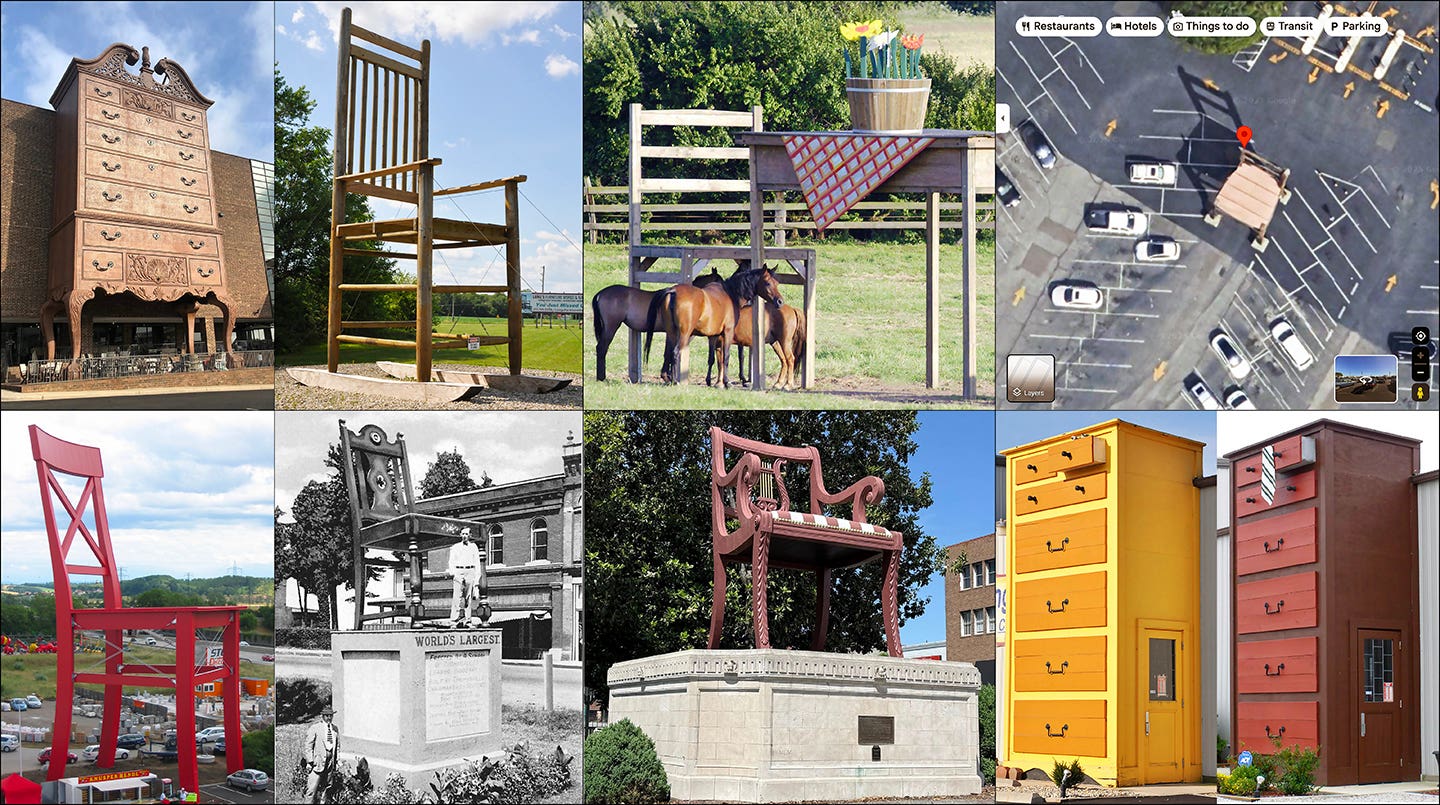Mix ‘n’ match
I like when a second wood species is carefully used as an accent to another species in a project. I do it all the time. But some woods don’t mix…
I like when a second wood species is carefully used as an accent to another species in a project. I do it all the time. But some woods don’t mix in quantity.
A project that’s made almost entirely of one wood species can look really good, but with the addition of a complimentary species of a differing color or grain it can turn really good into fantastic. But I think it’s very easy to overdo it. I’m not talking marquetry or other inlay work here; with that, multiple species are mandatory to achieve a particular effect.
But just grouping as many different species together as you can think of – or happen to have on hand – doesn’t usually work for me. In cutting boards, OK; toss in whatever you have and it always works handsomely. But on a desk, cabinet or other larger work it generally becomes overwhelming in a hurry.
And yet, a lot of woodworkers like to do that. I saw a desk at a high-end craft show last summer that was nicely made – perfect joinery, excellent lines, exemplary craftsmanship – but almost every component was a different species. The desktop was walnut, carcase components maple, and the panels were two or three different woods. Each of the seven drawer fronts was a different (and contrasting) species, and each hand-carved drawer pull yet another. At a guess, I think the maker used maybe 15 different woods in it. In spite of his remarkable skills, it was about the ugliest thing I’d every seen.
The price tag on the desk of a couple thousand dollars wasn’t a surprise, as I’d seen desks not built or designed nearly as well going for much more. But the cacophonous mix of colors was such an eyesore that I couldn’t image anyone ever paying that price, except for one small thing: There was already a “sold” sign on it.
Is it just me? What are your thoughts on using multiple species in a project, and how do you know when enough is enough?
A.J.
A.J. Hamler is the former editor of Woodshop News and Woodcraft Magazine. He's currently a freelance woodworking writer/editor, which is another way of stating self-employed. When he's not writing or in the shop, he enjoys science fiction, gourmet cooking and Civil War reenacting, but not at the same time.







